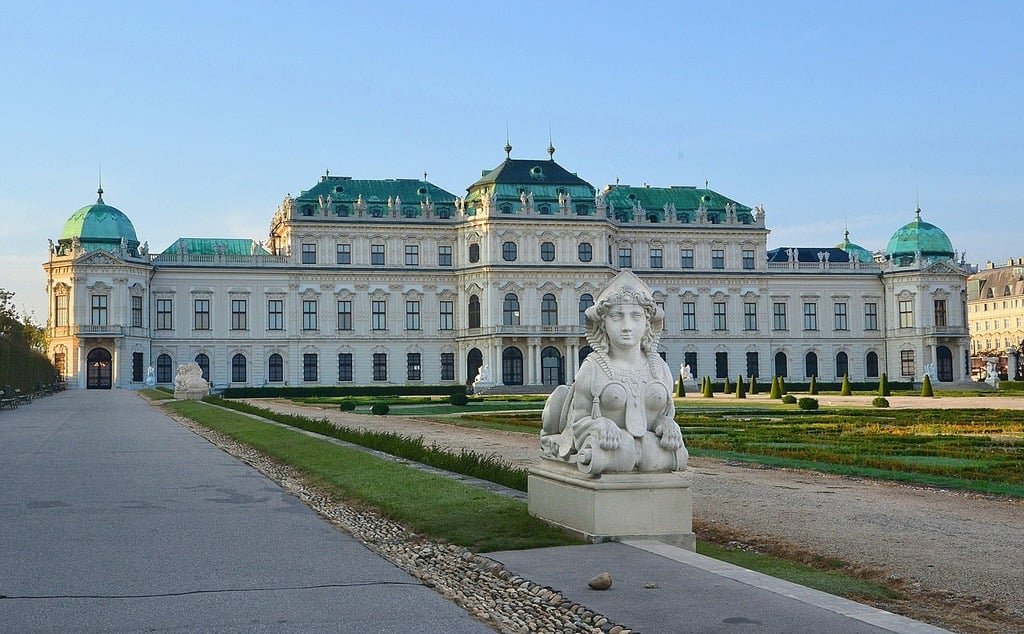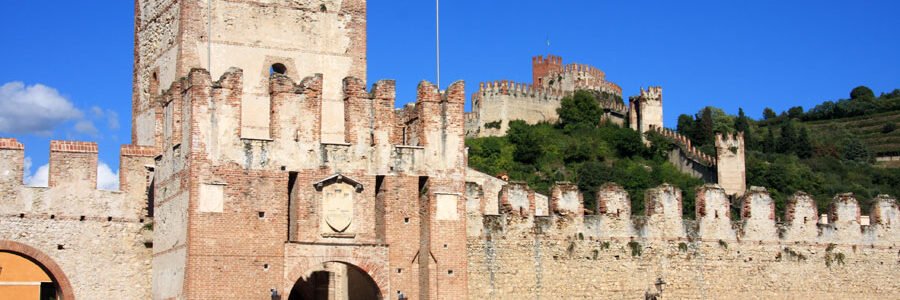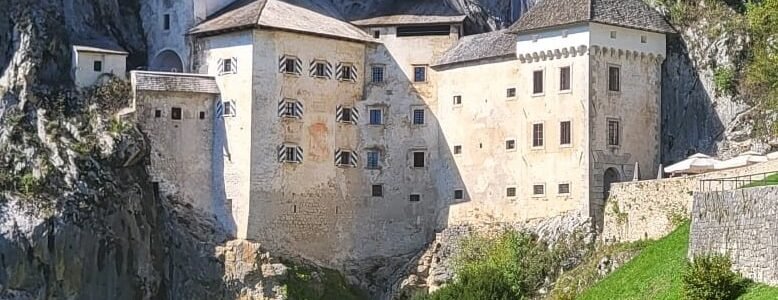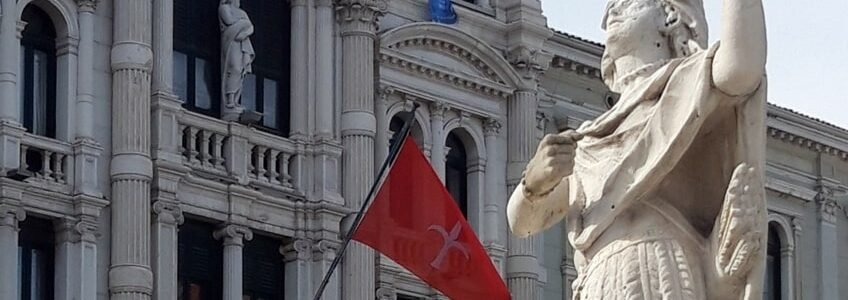Vienna Castles
Vienna Castles
Vienna’s Castles
Walking Through Centuries of Imperial Echoes
A City Built on Legacy
Vienna doesn’t hide its past. It displays it, carefully preserved and woven into daily life. Castles here aren’t distant relics — they’re landmarks people cycle past on their way to work. Every courtyard and facade carries remnants of a city that led empires, shaped music, and survived collapse. The castles are where this memory is most alive.
Schönbrunn Palace: More Than a Postcard
Schönbrunn is often the first stop, and rightly so. It’s massive — over 1,400 rooms — but not cold. The Yellow Baroque facade feels both formal and warm, like a host that knows its worth. Once home to Maria Theresa, Franz Joseph, and the young Marie Antoinette, it now welcomes millions. The Great Gallery, with its frescoed ceiling and gilded mirrors, witnessed royal weddings and state decisions. Outside, the sculpted gardens, Gloriette, and zoo (the oldest in the world) make it more than a museum — it’s a place to spend a day, not just see.
Belvedere Palace: Split Personality in Baroque
Not far from the city center stands the Belvedere, technically two palaces — Upper and Lower — joined by a terraced garden. Built for Prince Eugene of Savoy, the complex was designed as a summer residence but feels anything but casual. Today, it houses Austrian art, including Klimt’s “The Kiss” — a work that brings more visitors than some castles do in a year. But the true marvel is architectural balance: the Upper Belvedere’s grandeur contrasts with the intimate rooms below. Together, they frame Vienna’s flair for combining public spectacle with private elegance.
Hofburg Palace: Power in Every Stone
The Hofburg isn’t just a palace — it’s a district of palaces. The former seat of the Habsburgs, it now includes the Austrian president’s office, museums, libraries, and the Spanish Riding School. You can walk from the gothic grandeur of the Augustinian Church to the ceremonial halls of the Neue Burg without leaving the compound. The Imperial Apartments offer a close look at the daily rituals of Empress Elisabeth and Emperor Franz Joseph, while the Silver Collection speaks volumes about royal excess. This isn’t where power was hidden — it’s where it was meant to be seen.
Niche Castles and Lesser-Known Jewels
Beyond the famous trio lies a handful of underappreciated gems. Schloss Wilhelminenberg sits on the city’s edge, offering panoramic views and an atmosphere of faded aristocracy. Schloss Hetzendorf, once used as a fashion school for imperial ladies, now houses a design academy. These places aren’t crowded. They don’t try to impress. But in their quiet halls and modest chapels, you find another Vienna — one that existed alongside the court’s grand theater, more human and equally rich.
Between Borders and Baroque
For those coming from Italy or Slovenia, Vienna’s castle circuit starts before arrival. A premium ride from Trieste to Vienna offers a practical path through the Alps and into the city’s architectural heart. It’s not just about skipping buses — it’s about entering Vienna with energy intact, ready to explore without compromise.
Gardens, Galleries, and Gold
Vienna’s castles don’t stop at architecture. They’re full ecosystems: libraries, chapels, concert halls, stables, kitchens, greenhouses. The imperial greenhouses at Schönbrunn showcase exotic plants that once symbolized Habsburg global reach. The Belvedere’s galleries bridge centuries, from medieval altarpieces to modern abstraction. Even in less ornate palaces, floors creak with the weight of history, and staircases guide you from function to form.
Visiting with a Plan
Timing matters. Schönbrunn opens early, and mornings offer the quietest atmosphere. Belvedere’s Upper Palace gets crowded around Klimt’s paintings — best to arrive right at opening or during lunch hours. Hofburg can be overwhelming, so narrowing your focus helps: pick the Sisi Museum or the Imperial Treasury, not both in one visit. Guided tours are available, but walking alone lets you stop at marble thresholds and read old signs without schedule pressure.
Vienna’s Castles at Night
Many visitors leave by dusk, but the castles remain. Some, like the Belvedere, host evening concerts. Others light up subtly, their facades glowing gold or silver in Vienna’s calm nights. Locals use the gardens at twilight — joggers, readers, friends chatting on benches. Joining them offers a new lens: the castles not as tourist magnets, but as part of the city’s rhythm.
Official Travel Information for Vienna
Opening times, restoration schedules, and cultural event calendars are all available at the official Vienna tourism website.
A Living Archive
What makes Vienna’s castles unforgettable isn’t size or fame. It’s continuity. These aren’t ruins or reconstructions — they’re lived-in legacies. They hold stories, yes, but they also host students, presidents, artists, and horses. Each corridor still serves. Each garden still grows. And when you leave, it’s not just facts you’ll remember. It’s how the door handles felt, how the ceilings seemed higher than logic, how you kept walking even when you weren’t sure what was next. Because Vienna’s castles don’t end at the exit. They follow you.
Vienna Castles: Echoes Behind Baroque Walls
Vienna doesn’t speak loudly — it whispers in architecture. Through the gates of Schönbrunn, past Belvedere’s symmetrical grace, and deep into the Habsburg corridors, the city invites you not into its power, but into its poetry. Every ceiling fresco and garden path tells a different version of stillness wrapped in splendor.
For those arriving from the Adriatic, the transfer from Trieste to Vienna offers a slow unraveling — from sea-salt air to stone balconies, from coastal breeze to the hush of chandeliered halls.
- Trieste to Vienna: from shoreline to imperial staircases
- Return with memories traced in marble and gold
- A gateway to routes between sea and stateliness
- From air to elegance — Vienna by road
- Journeys stitched between capitals
- Transfers that follow time zones and tempo
You don’t visit Vienna’s castles — you are received by them
To walk the mirror halls and tree-lined paths of Vienna’s palaces is to stand between precision and imagination. The gardens don’t grow wild, yet they feel dreamlike. The rooms weren’t made for speed — they were designed for lingering, glancing, listening to footsteps long past.
- Perfect if your day blends art, architecture, and introspection
- Moments echo louder in grand, quiet halls
- Gardens that draw circles around silence
- The line between memory and monument blurs
- A palace is not a building — it’s a mood, carried home
Vienna’s palaces don’t show off — they simply remain
Vienna Castles blog reflects calm, symmetry, and imperial rhythm
Some cities dazzle. Vienna doesn’t need to. Its castles wait for you to slow down — to step into spaces built not just for rulers, but for reverie. For more about the Austrian capital’s regal past, visit the Official Vienna tourism site.
RECENT POSTS
- TripCom Slovenia Online Presence July 9, 2025
- Zurich City Guide July 1, 2025
- Liechtenstein City Guide July 1, 2025





























































Leave a Comment